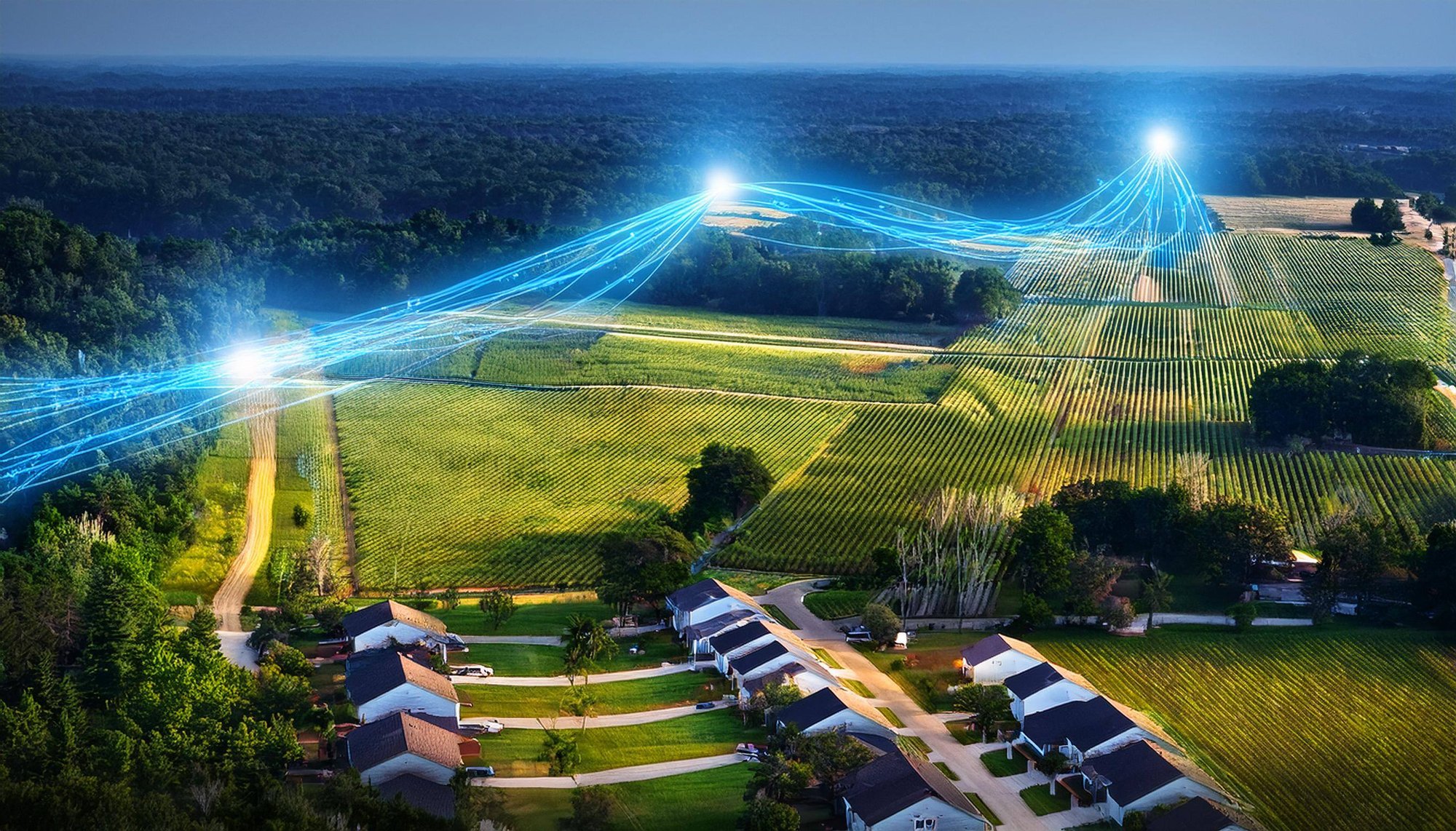Part 3 of The Top 16 Predictions for the Video World in 2016.
Adaptive streaming has certainly been a popular method of video consumption over the last few years. For 2016 we see a few areas of enhancement.
The Adaptive Streaming World is Getting Smarter
We all have implemented (stupidly?) the recommended profiles provided either by Apple or Microsoft. Those encoding profiles were the same for any type of content. After studying the problem, Netflix has revisited the issue and has defined profiles that can vary depending on the content. At stake is a 20 percent savings versus the conventional approach. This is in the works for offline encoding and we can expect a similar scheme to be applied to live in 2016. It will reduce the traffic on the network, the storage on the cloud DVR, and improve the user experience overall.
Multicast is Not Dead, Even Less With OTT
The power of IP multicast has been demonstrated, particularly how it could help to scale live delivery of video over DSL and fiber networks to support IPTV. New methods of delivery have appeared, and some say adaptive streaming is so strong in terms of market adoption that it might eventually replace IP multicast on telco networks. This works fine until you reach the scalability of first screen and mass events. The so-called “World Cup or Olympics effect,” where there are several hundred million viewers, can significantly overload the network, given that it is not provisioned for that purpose, especially since these events only take place once every four years. In order to address that issue, CableLabs released an IP Multicast Server Client Interface Specification in 2015, and DVB has started the standardization effort for live adaptive streaming over managed and unmanaged networks. U.S. MSOs have already conducted several trials using the CableLabs specification, and Broadpeak has developed its own nanoCDN technology that is now commercially deployed, so we should see a wide adoption of ABR multicast in the next two years.
Cloud DVR is Getting More Economical
If you’re entrenched in the video industry you may suffer from “copy per subscriber” syndrome, in which you have to write a separate copy for each subscriber. This results in a price per sub higher than the HDD drive in the STB, to which the cost of multicast traffic needs to be added. We now see operators getting smarter and asking for ways to work around the problem. Of course, this starts by convincing the content providers that a shared copy, properly managed (i.e., you can only watch what you have recorded) is a win-win solution. The second way to decrease the cost of cloud DVR is to use “transcoding on the fly” (TOTF), in which after a period of time, say seven days, the highest profile is recorded and transcoded on the fly, with the lowest profiles from the top stored profile. How is this possible? With the new Intel i7 processor we can now achieve massive scalability affordably. Cloud DVR is a necessary evil to complement the VOD and catchup offering, especially in a connected-device world where there will be no storage for recording on the client.
OTT Invites Itself to the First Screen
In recent years OTT services have appeared in Europe, first with Zattoo in Switzerland, Magine in Sweden, and MolotovTV in France. In 2015, the United States saw the launch of new OTT services such Vue TV by Sony. Skinny bundles launched by OTT operators wanting to address a new audience have also emerged, including Sling TV in the U.S. (owned by Dish), Sky Now in the UK and Canal+ OTT in France. In 2016 we expect to see more of those live OTT services, with the most anticipated one being from Apple; however, it has been put on pause for the time being. The delivery of live TV to mass audiences is not without challenges from a content licensing perspective, but also from a business model perspective (i.e., someone has to pay for the traffic). What’s more, the user experience should never be forgotten. Buffering or pixelated video during a live TV event will not attract consumers for very long.
Targeted Advertisements Are Coming
We have now witnessed the success of Sky Ad Smart, which should not shadow the work done by Invidi with both Dish and DirecTV in the United States. In the last 24 months Comcast has been franticly acquiring Visible World, an addressable and programmatic advertising business, This Technology (dynamic ad insertion technology) and Freewheel (online ad network). As content providers can now directly reach consumers and efficiently sell ads in an OTT environment, service providers are now under threat and are starting to collaborate with broadcasters to share analytics to serve better ads. This is a big shift, as the current system is antiquated (inherited from the analog world) and quite inefficient. 2016 should see the world of unicast and targeted advisement emerge and provide more ROI for advertisers, as well as the consumer who will eventually start to see relevant ads.
Stay tuned for the next edition of predictions: Codecs and Standards.
– Thierry Fautier, Vice President, Video Strategy at Harmonic and President of the Ultra HD Forum









